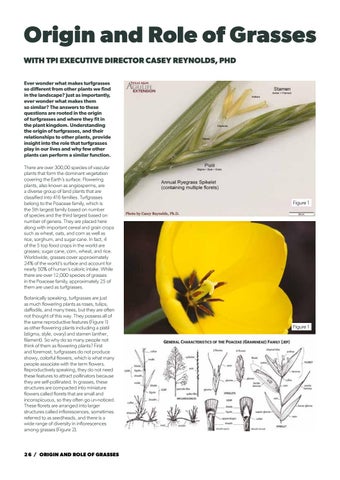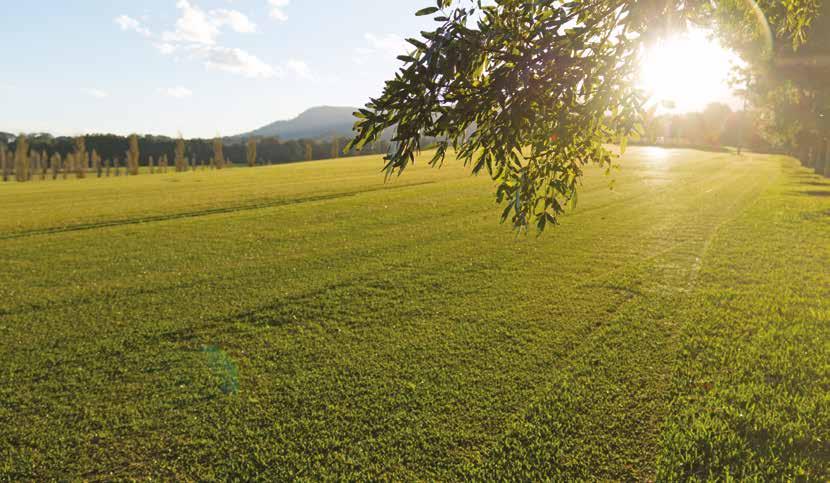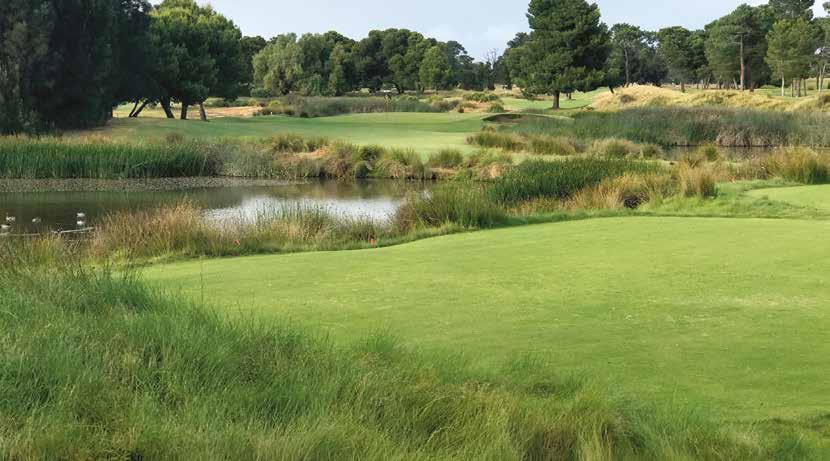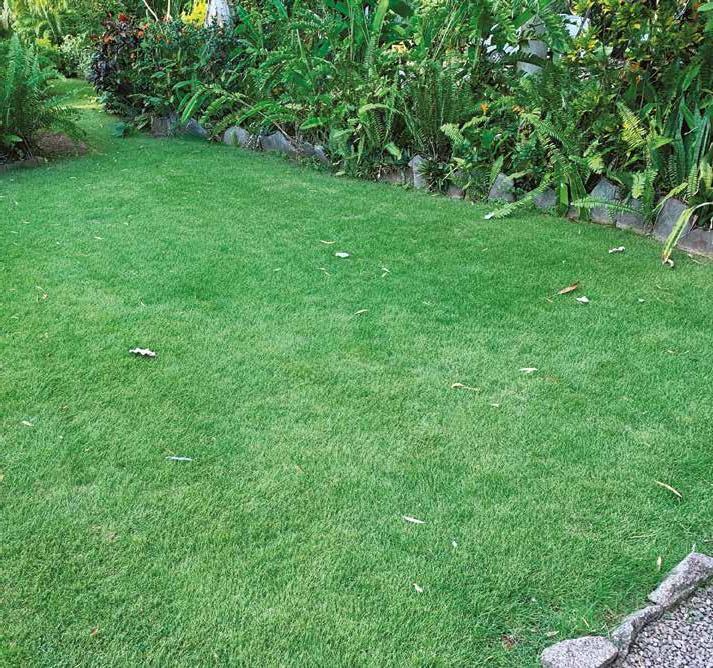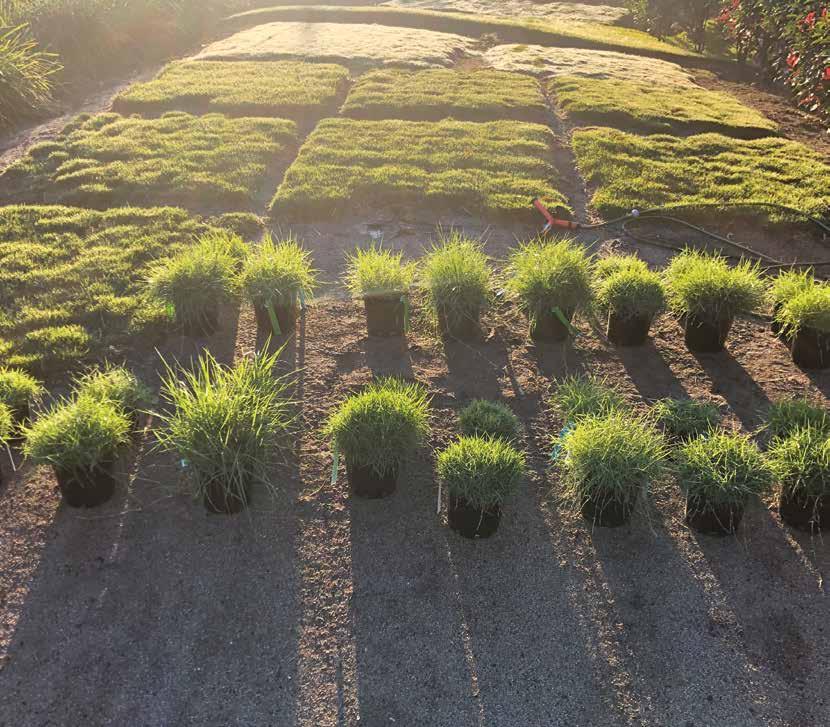Origin and Role of Grasses WITH TPI EXECUTIVE DIRECTOR CASEY REYNOLDS, PHD Ever wonder what makes turfgrasses so different from other plants we find in the landscape? Just as importantly, ever wonder what makes them so similar? The answers to these questions are rooted in the origin of turfgrasses and where they fit in the plant kingdom. Understanding the origin of turfgrasses, and their relationships to other plants, provide insight into the role that turfgrasses play in our lives and why few other plants can perform a similar function. There are over 300,00 species of vascular plants that form the dominant vegetation covering the Earth’s surface. Flowering plants, also known as angiosperms, are a diverse group of land plants that are classified into 416 families. Turfgrasses belong to the Poaceae family, which is the 5th largest family based on number of species and the third largest based on number of genera. They are placed here along with important cereal and grain crops such as wheat, oats, and corn as well as rice, sorghum, and sugar cane. In fact, 4 of the 5 top food crops in the world are grasses; sugar cane, corn, wheat, and rice. Worldwide, grasses cover approximately 24% of the world’s surface and account for nearly 50% of human’s caloric intake. While there are over 12,000 species of grasses in the Poaceae family, approximately 25 of them are used as turfgrasses. Botanically speaking, turfgrasses are just as much flowering plants as roses, tulips, daffodils, and many trees, but they are often not thought of this way. They possess all of the same reproductive features (Figure 1) as other flowering plants including a pistil (stigma, style, ovary) and stamen (anther, filament). So why do so many people not think of them as flowering plants? First and foremost, turfgrasses do not produce showy, colorful flowers, which is what many people associate with the term flowers. Reproductively speaking, they do not need these features to attract pollinators because they are self-pollinated. In grasses, these structures are compacted into miniature flowers called florets that are small and inconspicuous, so they often go un-noticed. These florets are arranged into larger structures called inflorescences, sometimes referred to as seedheads, and there is a wide range of diversity in inflorescences among grasses (Figure 2).
26 / ORIGIN AND ROLE OF GRASSES
Figure 1
Figure 1
